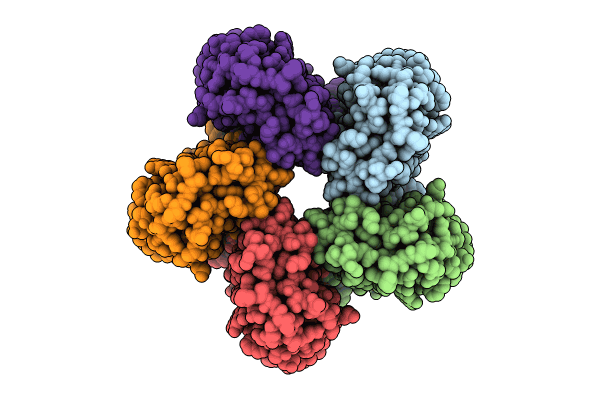
Deposition Date
2023-03-05
Release Date
2024-07-03
Last Version Date
2024-10-16
Entry Detail
PDB ID:
8CQC
Keywords:
Title:
Cryo-EM structure of pentameric proteorhodopsin A18L mutant
Biological Source:
Source Organism:
uncultured Gammaproteobacteria bacterium (Taxon ID: 86473)
Host Organism:
Method Details:
Experimental Method:
Resolution:
2.82 Å
Aggregation State:
PARTICLE
Reconstruction Method:
SINGLE PARTICLE


